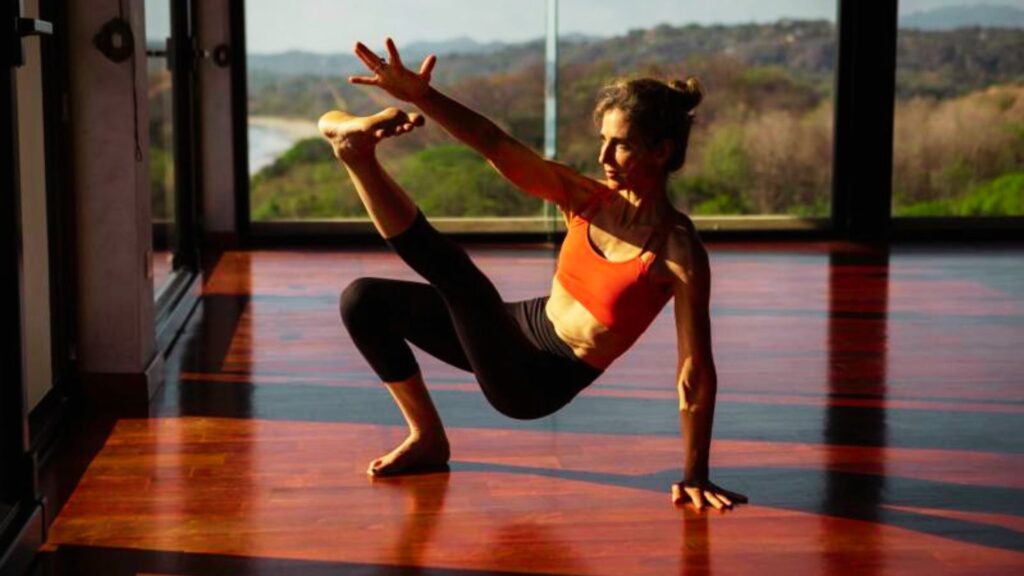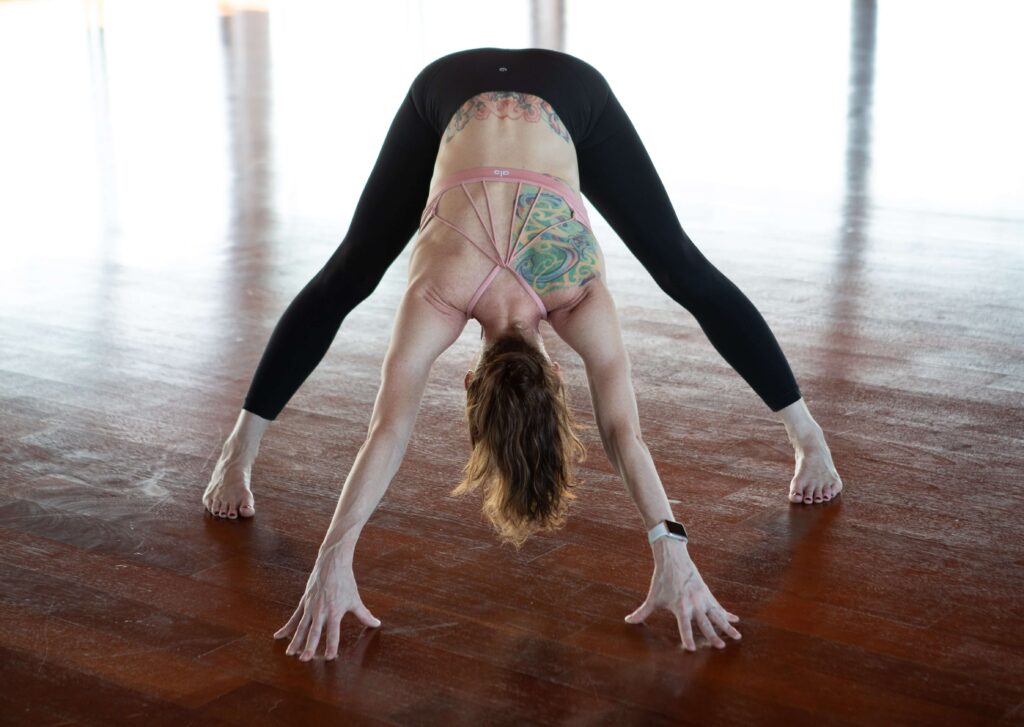We depend on our nervous system to help us interpret the world around us. Our autonomic nervous system is the part of our body that gives us ‘fight or flight’ or ‘rest and digest’ responses. Fight or flight responses are directed by the sympathetic nervous system while rest and digest responses by the parasympathetic system. However, in our modern-day world, this part of our nervous system is challenged in an unprecedented way, and the task for us is to figure out how to make sense of our body’s reactions to everyday life.
Fight or flight responses can be as obvious as running away from a perceived threat or feeling your heart race before a big exam. It is our body’s way of coping with stressors to ultimately protect our bodies and ensure survival. Sometimes, the switch in our brains for this response gets stuck in the ‘on’ position. Meaning, that the body is trapped in a state of fight or flight, preparing for threats and guarding the body. When the body is in this state, muscles tense and our body diverts energy going into processes like digestion. If the muscles contracting to protect the body do not turn off, they are in a constant state of overactivity. Now, we know that everything in life requires balance and the same goes for muscle activity. Muscles contract and lengthen to provide our body with stability and support. If they are constantly contracting, the ability of that muscle to do its job is diminished and pain can be generated in the muscle itself in the form of trigger points. Common places where the body guards and generates muscle tension include the jaw, shoulders, abdomen, and pelvic girdle.
Movement and adaptability
With a sympathetic nervous system stuck in the ‘on’ position, our ability to be adaptable is compromised. In all exercises, we need to be able to stabilize our trunk with our core – all muscles ranging from the level of the throat to the base of the pelvis at the pelvic floor. A heightened nervous system biases our body to use compensatory strategies to figure out movement, strategies that over time, can lead to pain and dysfunction. However, we can use exercise as a tool to change the state of our nervous system and train the brain to be adaptable in response to input. Studies have shown that cardiovascular activity increases parasympathetic nervous system activity while decreasing sympathetic activity. Meaning, aerobic training decreases the influence of the fight or flight/guarding process and increases the amount of input from the rest and digest part of the nervous system. Thus, we can think about movement and exercise not only to train the brain-motor connection but also the nervous system.
In yoga class, we have all been confronted with the option to skip savasana. Whether it be because of time, because we have trouble sitting still, or what have you, I want to make a case for savasana and its important role in nervous system retraining. We can think about savasana in terms of our ‘recovery’. At this time when we have stopped dynamic movement, the parasympathetic nervous system gets reactivated, and the sympathetic nervous system gets deactivated, causing a decrease in our heart rate. (Freeman et al, 2006). Savasana is the dedicated time in a yoga flow for this process and to train our nervous system’s adaptability. Ultimately, our body gets a chance to flip on the switch of the parasympathetic system while slowly dimming the switch of the sympathetic system to shift the body from an up-regulated (fight or flight) state to a down-regulated (rest and digest) state.
Quick tips for training the nervous system
As a pelvic health physical therapist, one of the mainstays of patient education is on nervous system functioning and helping to reframe our brain’s response to input so that it is not interpreted as pain in the body. Yoga as a part of our everyday movement regimen is ideal for overall health and wellness, but we know that we also need tools to be able to carry us through the day and prevent our nervous system from learning maladaptive habits. When you feel that your nervous system might be getting agitated, try a couple of these exercises below and see how you feel!
- Tongue posture and breathing: Move the tongue so that it sits behind the teeth. Imagine a small raspberry is resting at the midpoint of your tongue and you are touching the raspberry to the soft palate. Inhale through the nose and exhale through the mouth for 5 breaths.
- Hum: Hum your favorite song or chant a sound that resonates. The vibration from humming helps to stimulate our vagus nerve, a nerve that is intimately connected with our parasympathetic system.
- Cat/cow: Beginning in hands and knees, inhale to tip the pelvis forward (cow pose). Exhale to tip the pelvis backward (cat pose). Focus on expansion at the back of your body. Repeat. Oscillatory motions are soothing for the nervous system and this exercise focuses on oscillation and breathing!
- Legs up wall/legs supported on chair: A gentle inversion, this posture unloads your pelvic girdle. Focus on breathing and heaviness in the legs and pelvic girdle with this pose. Remember that the pelvic floor musculature can tense and guard against perceived threats so giving it a chance to release helps to tap into the parasympathetic system.
I am excited to share tips and education with you in LYT newsletters to come! Follow me on Instagram @ashleynewton_dpt and @activcoreprinceton_pelvic for weekly content on the pelvic floor, the nervous system, yoga, and wellness!
Xoxo,
Ashley
References
Freeman, J.V., Dewey, F.E., Hadley, D.M., Myers, J., and Froelicher, V.F. (2006). Autonomic nervous system interaction with the cardiovascular system during exercise. Progress in Cardiovascular Diseases, 48, 343-362.





